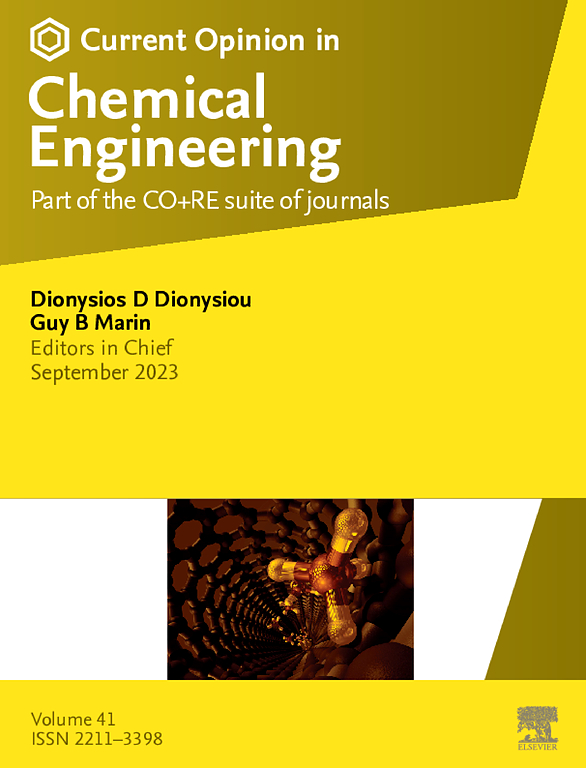Micro(nano)plastic and per- and polyfluoroalkyl substances in soil/sediment–water ecosystems: sources, transport, interactions, and challenges
IF 6.8
2区 工程技术
Q1 BIOTECHNOLOGY & APPLIED MICROBIOLOGY
引用次数: 0
Abstract
This article provides an overview of the contamination of micro(nano)plastics and per- and polyfluoroalkyl substances (PFAS) and their behavior in natural environmental settings. Interaction between micro(nano)plastics and PFAS is governed by functional groups, polarity, crystallinity, surface area, surface morphology, size, solution chemistry (i.e. pH, salinity, and organic matter), aging, and biofilm. Micro(nano)plastic adsorbs long-chain PFAS primarily via strong hydrophobic attraction (hydrophobic C–F chain tail of PFAS molecule), strong electrostatic attraction due to short-chain PFAS, and pore filling (high quantities of mesopores). Finally, this paper concludes the co-transport and enrichment of micro(nano)plastics and PFAS in sediments and aquatic environments.
土壤/沉积物-水生态系统中的微(纳米)塑料和全氟烷基和多氟烷基物质:来源、运输、相互作用和挑战
本文概述了微(纳米)塑料和全氟烷基和多氟烷基物质(PFAS)的污染及其在自然环境中的行为。微(纳米)塑料和PFAS之间的相互作用受官能团、极性、结晶度、表面积、表面形态、尺寸、溶液化学(即pH、盐度和有机物)、老化和生物膜的影响。微(纳米)塑料对长链PFAS的吸附主要通过强疏水吸引(PFAS分子的疏水C-F链尾部)、短链PFAS的强静电吸引和孔隙填充(大量的介孔)。最后,总结了微(纳)塑料与PFAS在沉积物和水生环境中的共同迁移和富集过程。
本文章由计算机程序翻译,如有差异,请以英文原文为准。
求助全文
约1分钟内获得全文
求助全文
来源期刊

Current Opinion in Chemical Engineering
BIOTECHNOLOGY & APPLIED MICROBIOLOGYENGINE-ENGINEERING, CHEMICAL
CiteScore
12.80
自引率
3.00%
发文量
114
期刊介绍:
Current Opinion in Chemical Engineering is devoted to bringing forth short and focused review articles written by experts on current advances in different areas of chemical engineering. Only invited review articles will be published.
The goals of each review article in Current Opinion in Chemical Engineering are:
1. To acquaint the reader/researcher with the most important recent papers in the given topic.
2. To provide the reader with the views/opinions of the expert in each topic.
The reviews are short (about 2500 words or 5-10 printed pages with figures) and serve as an invaluable source of information for researchers, teachers, professionals and students. The reviews also aim to stimulate exchange of ideas among experts.
Themed sections:
Each review will focus on particular aspects of one of the following themed sections of chemical engineering:
1. Nanotechnology
2. Energy and environmental engineering
3. Biotechnology and bioprocess engineering
4. Biological engineering (covering tissue engineering, regenerative medicine, drug delivery)
5. Separation engineering (covering membrane technologies, adsorbents, desalination, distillation etc.)
6. Materials engineering (covering biomaterials, inorganic especially ceramic materials, nanostructured materials).
7. Process systems engineering
8. Reaction engineering and catalysis.
 求助内容:
求助内容: 应助结果提醒方式:
应助结果提醒方式:


